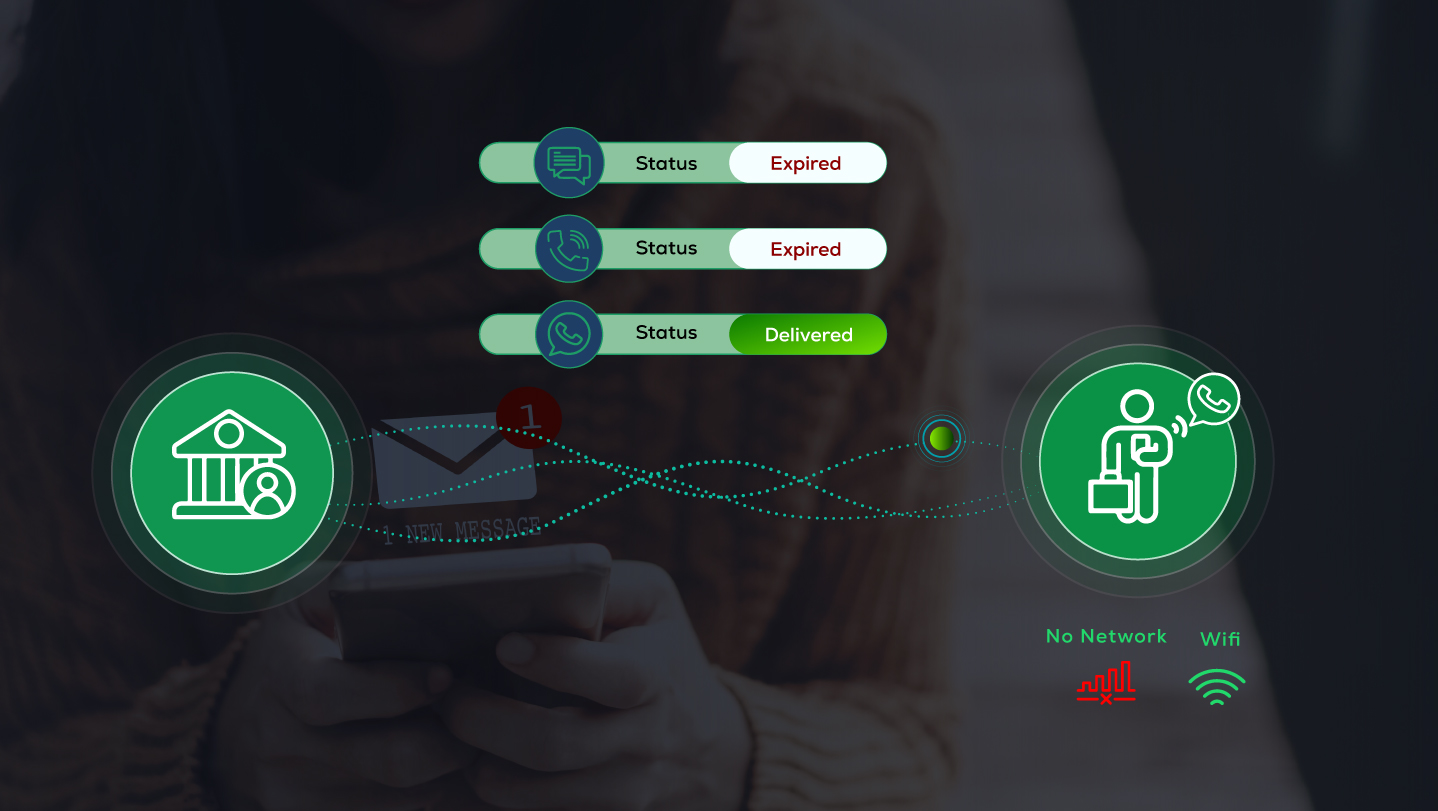5 Key Message Deliverability Trends for E-commerce and Logistics in 2024
-
October 15, 2024
-
3 min read

As we move further into 2024, the e-commerce and logistics landscape continues to evolve rapidly. Guaranteed Message Delivery Services, with an increasing emphasis on message deliverability, are at the heart of this transformation. These solutions are revolutionising how businesses communicate with customers, ensuring timely and accurate information delivery. Here are five key message deliverability trends shaping the e-commerce and logistics industries in 2024 and beyond.
1) Advanced AI and Machine Learning integration
Enhancing Predictive Capabilities
AI and machine learning are not just buzzwords but essential tools for improving message deliverability. These technologies enable predictive analytics to forecast delivery times, identify potential delays, and automate customer interactions.
Example:
- Amazon: Utilises machine learning algorithms to predict delivery times more accurately, ensuring customers receive real-time updates on their orders.
2) Omnichannel Communication Strategies
Seamless Customer Experience
Customers today expect seamless communication across multiple channels, including SMS, email, chat apps, and social media. Communication platforms integrating these channels provide a unified customer experience, ensuring messages are delivered through the preferred medium.
Example:
- Flipkart implements an omnichannel communication strategy through Message Delivery platforms, allowing customers to receive updates and interact with support via their preferred channels, enhancing customer satisfaction and loyalty.
3) Proactive Communication with Real-time Updates Improving Transparency
Proactive communication is critical to maintaining customer trust. Businesses leverage Guaranteed Message Delivery platforms to send real-time updates about order status, shipping information, and potential delays, keeping customers informed at every stage.
Example:
- DHL: uses communication platforms to provide real-time tracking and proactive notifications about shipments, ensuring customers are always in the loop and reducing anxiety around deliveries.
4) Enhanced Security and Compliance Protecting Customer Data
With increasing concerns about data privacy, ensuring secure message delivery has become paramount. Guaranteed Message Delivery solution providers focus on enhancing security features and ensuring compliance with regulations like GDPR and CCPA.
Example:
- Blue Dart implements robust security measures through Message Delivery Platform to ensure that customer data is protected and communications comply with regional and international data privacy laws.
5) Scalability and Flexibility in Communication Solutions
Adapting to Market Demands
A significant advantage is the ability to scale communication efforts rapidly in response to market demands. Guaranteed Message Delivery platforms offer the flexibility to handle increased communication loads during peak seasons and adapt to changing customer needs.
Example:
- BigBasket: Leverages the scalability of communication platforms to manage communication during high-demand periods, such as festive seasons, ensuring consistent and reliable message delivery to all customers.
Exceed customer expectations in a competitive market
The e-commerce and logistics industries are witnessing a significant shift in how businesses communicate with their customers, driven by advancements in Guaranteed Message Delivery platforms and message deliverability technologies. By integrating AI and machine learning, adopting omnichannel strategies, ensuring proactive and real-time communication, enhancing security and compliance, and leveraging the scalability of Guaranteed Message Delivery platforms, businesses can tremendously improve their customer experience. As these trends continue to develop, staying ahead of the curve will be crucial for maintaining a competitive edge in 2024 and beyond.
By embracing these key trends, e-commerce and logistics companies can ensure they meet and exceed customer expectations, fostering trust and loyalty in an increasingly competitive market.
 Share
Share









